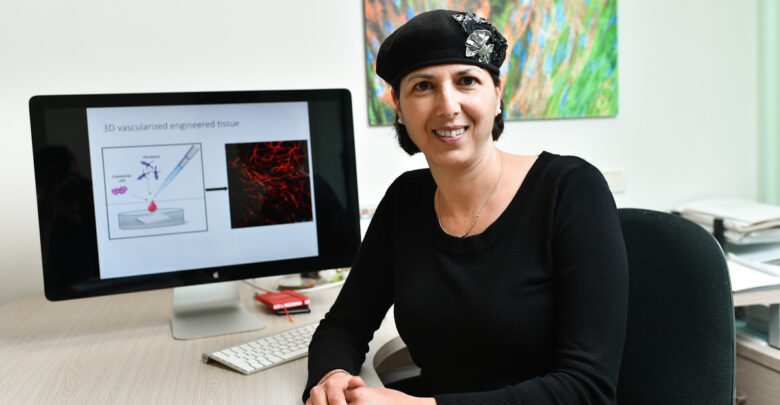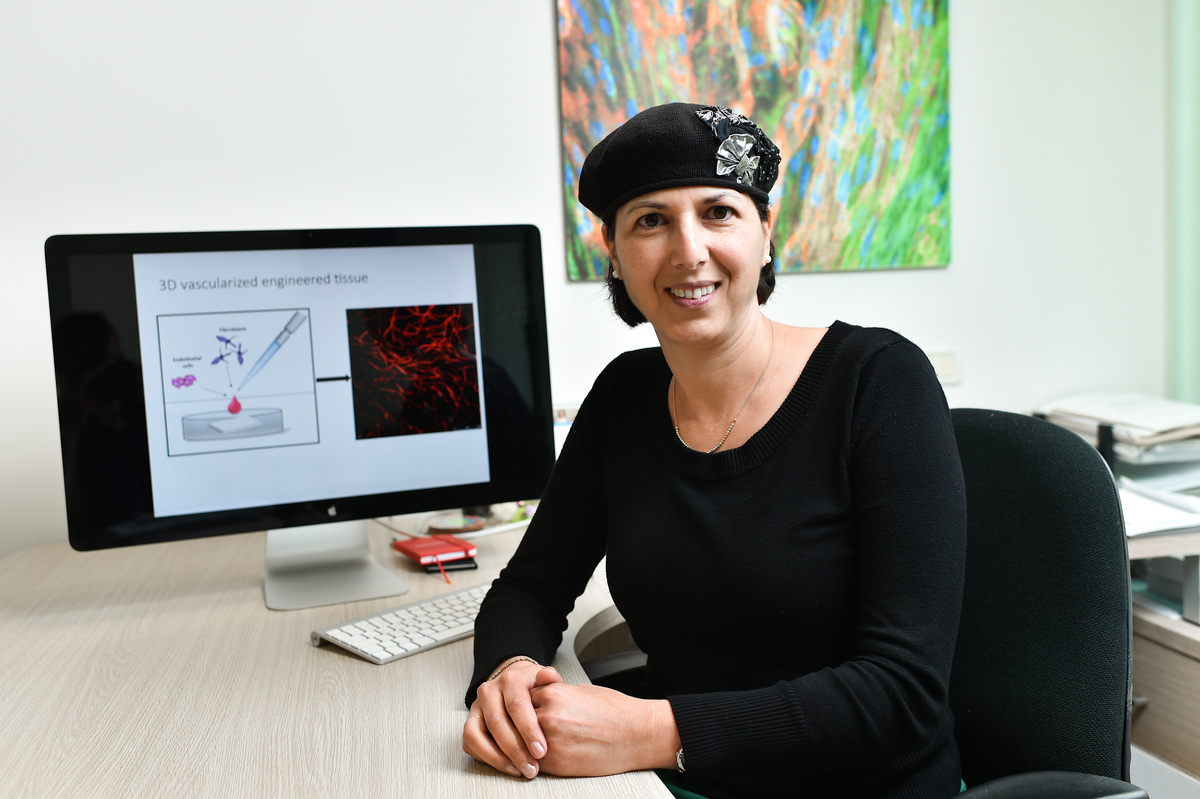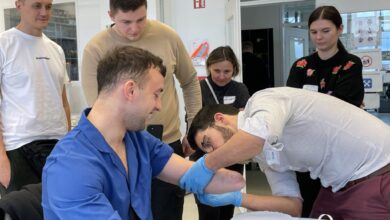

While modern medicine has made leaps and bounds in the field of tissue and organ reconstruction over the years, it is still limited by one major drawback: Human beings don’t have spare parts.
If a car-accident survivor needs a reconstructed jaw, for instance, surgeons must build it from a piece of the patient’s fibula bone and the surrounding soft tissue and blood vessels, in a procedure known as autografting.
Autografting takes a heavy toll on the body and can often lead to medical complications.
Professor Shulamit Levenberg’s bioengineering team at the Technion-Israel Institute of Technology has introduced a better way.
Using stem cells derived from dental pulp (the soft tissue inside the tooth), along with capillary-forming endothelial cells, they generated blood vessels for enhanced tissue remodeling and repair.
Working with professor Gordana Vunjak-Novakovic of Columbia University, Levenberg’s team took the concept of implantable bone tissue to a new level — reducing the need to harvest soft tissue and blood vessels to support organ reconstruction.
The study was published in the journal Advanced Functional Materials.
One day, these methods could make it possible for patients to receive a lab-grown bone perfectly matching the shape of their face, surrounded by lab-grown soft tissues based on their own cells cultivated using 3D biomaterials. No major damage to the patient’s other body parts would be necessary.
Also taking part in this research were Idan Redenski, Shaowei Guo, Majd Machour, Ariel Szklanny, Shira Landau, Ben Kaplan, Roberta I. Lock, Yankel Gabet and Dana Egozi. Bruker-Skyscan assisted with the microCT studies, allowing noninvasive and precise observation of the healing process.
Breakthrough in advancement of reconstructive surgery appeared first on ISRAEL21c.
The post Breakthrough In Advancement Of Reconstructive Surgery appeared first on Zenger News.




